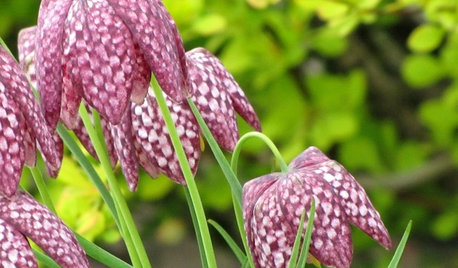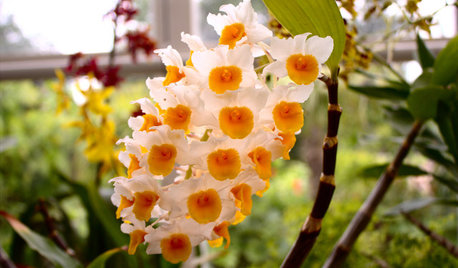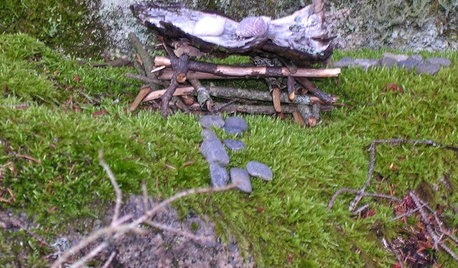Crossbreeding plants of different color?
kokoro-ai
16 years ago
Related Stories

FALL GARDENING7 Delightfully Different Bulbs for Your Spring Garden
Fall planting: Stray from the standards for a more exotic spring garden that draws applause
Full Story
FENCES AND GATES12 Delightfully Different Garden Walls and Fences
If pickets seem picked over and you shrink from chain link, try these full-of-personality fencing alternatives
Full Story
LIFECondo, Co-op, Townhouse, TIC — What's the Difference?
Learn the details about housing alternatives so you can make a smart choice when buying a home
Full Story
MOST POPULAR8 Little Remodeling Touches That Make a Big Difference
Make your life easier while making your home nicer, with these design details you'll really appreciate
Full Story
HOUSEPLANTSOrchids 101: Try Something Different With Dendrobiums
If you’re looking for something out of the ordinary, these orchids may be a good choice
Full Story
DECORATING GUIDESStaging vs. Decorating: What's the Difference?
Unlike decorating, staging your home isn't about personal style — it's about creating ambiance and appeal for buyers
Full Story
ROOTS OF STYLEArt Deco, Art Nouveau, Arts and Crafts: What’s the Difference?
If the zigzag and swirly designs of the past leave your head spinning, these descriptions will straighten you right out
Full Story
DECORATING GUIDESChaise, Divan, Daybed, Settee: What's the Difference?
Seeking the right furniture piece for lounging, sitting or even snoozing? We clear up the confusion in terms
Full Story
DECORATING GUIDESSingle Design Moves That Make All the Difference
One good turn deserves a whole ideabook — check out these exceptional lone moves that make the room
Full Story
FUN HOUZZSomething a Little Different: Fairy Houses
Miniature abodes crafted for otherworldly creatures capture the imagination
Full Story





maineman
kokoro-aiOriginal Author
Related Professionals
Bridgetown Landscape Architects & Landscape Designers · Paradise Landscape Architects & Landscape Designers · Lemoore Landscape Contractors · Long Branch Landscape Contractors · Soddy Daisy Landscape Contractors · Wanaque Landscape Contractors · East Norriton Landscape Contractors · Baileys Crossroads Landscape Contractors · East Haven Fence Contractors · Gainesville Fence Contractors · Long Beach Fence Contractors · Oro Valley Fence Contractors · Parkway Fence Contractors · Sacramento Fence Contractors · Tempe Fence Contractorsmaineman
davemichigan
maineman
davemichigan
maineman
davemichigan
maineman